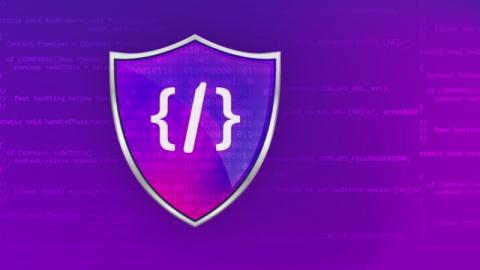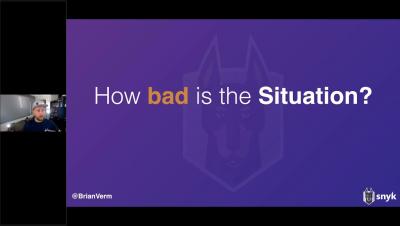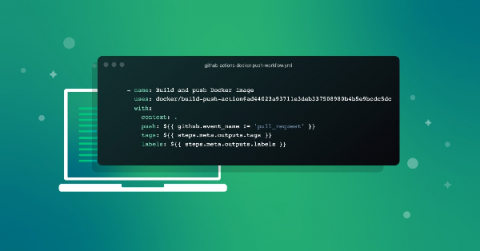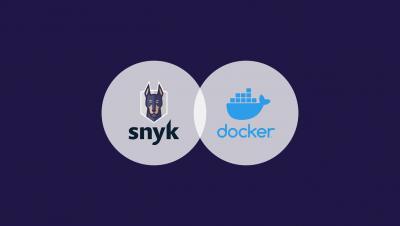SAST tools speed comparison: Snyk Code vs SonarQube and LGTM
We’ve been asked to provide a comparison of scan times between Snyk Code and two common SAST tools: LGTM and SonarQube. For our research, we made several assumptions, but we’ve shared the details in order to be transparent.











